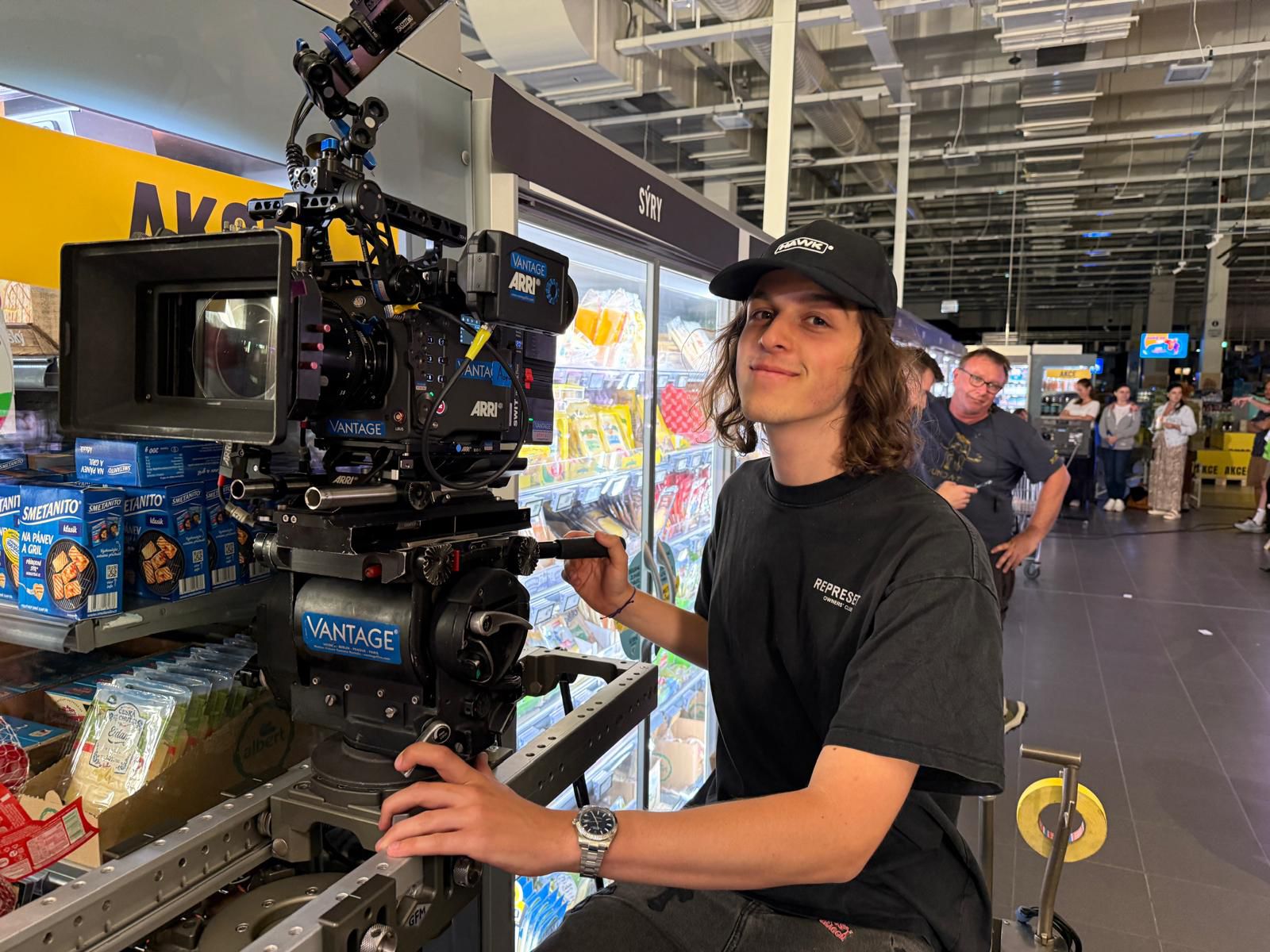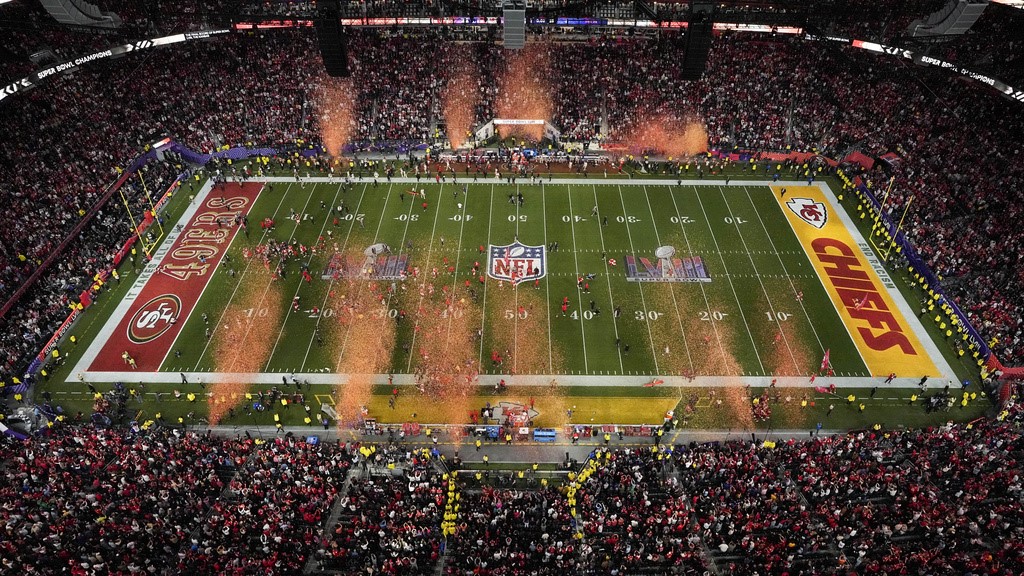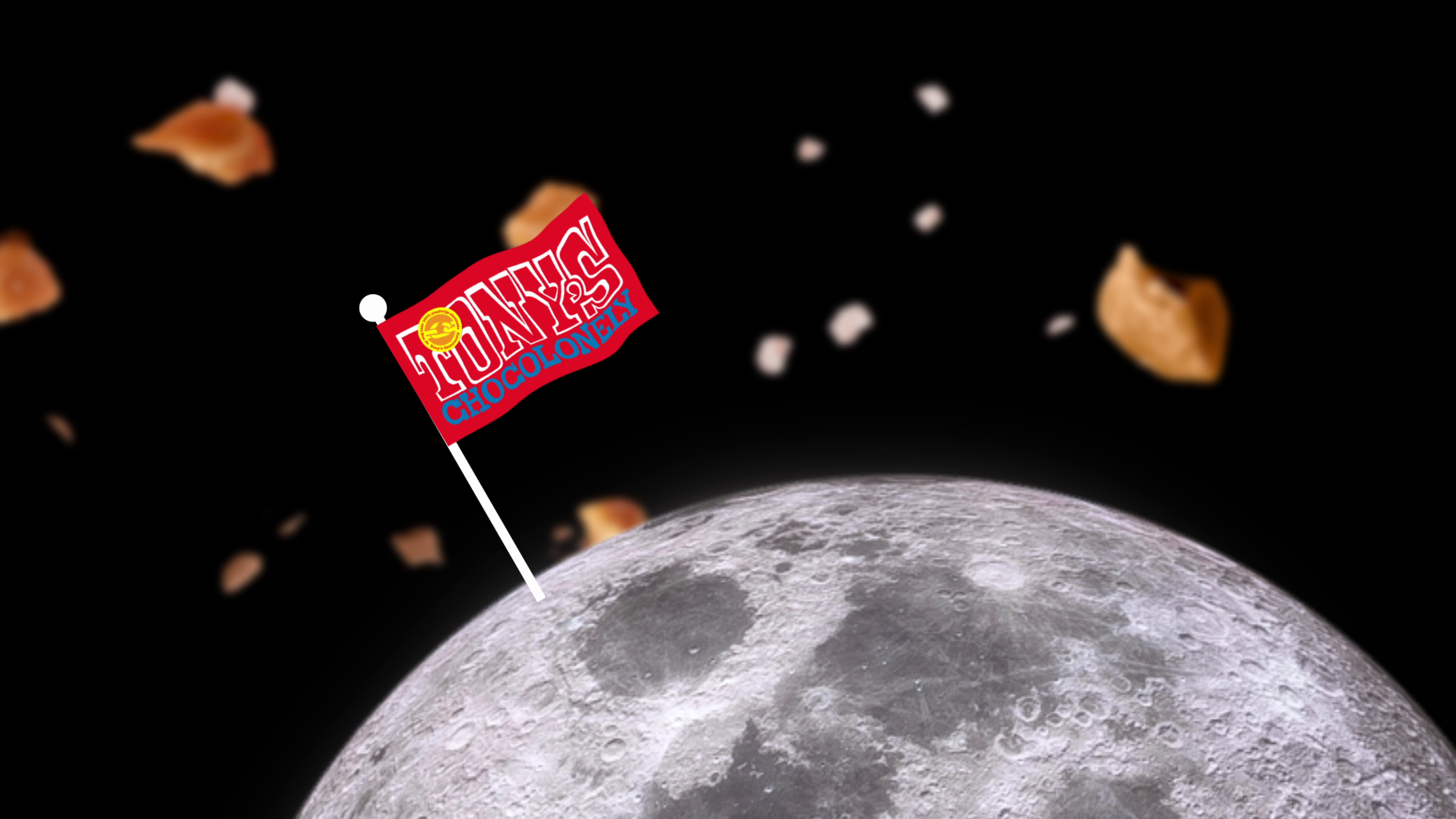It’s National Burger Day. That’s enough of an excuse for Chuck Studio’s Olaf van Gerwen to dig into how the big burger brands stand out.
I’m a burger fanatic.
In Amsterdam, where I live, and when visiting London, I have a mission to try every new burger joint: global chains, boutique independents, Shoreditch delights, it doesn’t matter, I try them all.
So, to mark National Burger Day, I’m asking: why are we so obsessed with them?
The science of craving
The appeal is almost scientific.
A burger is an amalgamation of everything we crave: fat, umami, salt, carbs, protein, crispy lettuce, a sauce that drips, a fluffy bun, onions that crackle. The mix of textures and nutrients makes it irresistible. Few meals achieve that level of sensory contrast in one go.
But even the most delicious burger needs good marketing. And right now, the economics aren’t simple. For consumers, grocery prices are high and disposable income is under pressure. Quick-service restaurants (QSRs) feel stretched too: clients’ numbers show footfall is down, revenue is strained, and budgets are being reconsidered. It’s why distinctiveness and creativity matter more than ever. And with the UK set to roll out strict new rules on “less healthy” food and drink ads in 2026, brands need to move fast – finding fresh ways to stay front of mind, and top of menu.
Battle of the giants
In Burgerland, one brand rules them all.
McDonald’s doesn’t just sell burgers; it sells nostalgia, culture, music, gaming, and subcultures. It can reintroduce a Snack Wrap or a McRib and turn it into an event. Its endless LTOs (limited-time offers) are not just about the product; they’re about getting people through the doors, where most still order a Big Mac or a Quarter Pounder. This is marketing as orchestration: luring with novelty, grounding in the familiar.
McDonald’s boasts one of the world’s most impressive suites of distinctive brand assets. It works with the best agencies and underpins everything with ‘fan truths’. That’s a card only the biggest brands can play, because there’s a McDonald’s fan in most of us. As one marketer put it: It’s Ronald’s playground; everyone else just gets to play.
By contrast, Burger King feels less assured.
Its ‘YouRule’ platform, born with a catchy jingle, had its moment. But recently, the brand has leaned on reactive marketing: Halloween activations, movie tie-ins. Its most distinctive asset remains flame-grilling, but it’s undercut by the flat ‘Experience the Flame-Grilled Difference’ campaign.
A missed opportunity to tell a bigger, bolder story about fire. In the UK, BBH’s ‘Foodfillment’ wavers between eccentric “weirdvertising” like ‘Fishing’ and ‘First Kiss’ and sentimental ‘Bundles of Joy.’ Interesting but incoherent. Consumers will enjoy the ads, but won’t connect them back to the platform.
Then there are the outsiders. Five Guys insists it doesn’t do marketing. Word of mouth, it says, is enough. The burgers are spectacular, but avoiding marketing keeps it niche. Its provenance story, obsessive process and ingredients are ripe for storytelling. Instead, the YouTube channel offers potato-cutting competitions. Fun, but not brand-building.
Shake Shack takes another tack. Its burgers are gorgeous, photography mouthwatering, tagline ’Worth it’ true. But the story stops at product. ‘Chicken Shack’ or ‘Shackburger’ don’t stretch into culture. Delicious just isn’t enough.
Boutique players like Dumbo or Australia’s Grill’d lean on provenance, craft and local ingredients. Their food is honest, their stories genuine, prices premium.
Similar product, but a different playing field.
When belief meets the bite
Which brings me to the surprise contender: KFC UK and Ireland.
Not a burger chain by heritage, KFC’s menu is more boneless and burger-led because that’s what younger consumers prefer. Its UK platform, ‘Believe in Chicken,’ developed with Mother, is a masterclass in brand storytelling. The launch film is an extravagant, cult-like depiction of chicken worship. The follow-up ad, ‘All Hail Gravy,’ folds seamlessly into the same umbrella.
Usually, product comms are a bit… lazy. Imagine a VO (“The Yada Yada Burger, now with a yada sauce and crispy yada’s!”) plus glossy shots. No emotion, just information. Facts don’t sizzle.
Not so with KFC UKI. ‘Double Down,’ ‘Dirty Louisiana,’ and ‘Brace Thy Tongue’ are product ads cut from the same cloth as the brand ads. Sometimes scary, but never are they dull.
And that’s clever because now we know dull is the scariest thing in marketing. Between the buns lies a common problem: a disconnect between big, glossy brand ads and the mid-funnel product comms meant to cash them out. The brand work sermonizes; the product work itemizes. That gap is where revenue leaks.
Show me how belief becomes a bite.
How the campaign platform flavors the product ads. I wish the biggest brands treated product comms with the same reverence as their anthems, because “delicious” just isn’t enough.
Happy National Burger Day!







